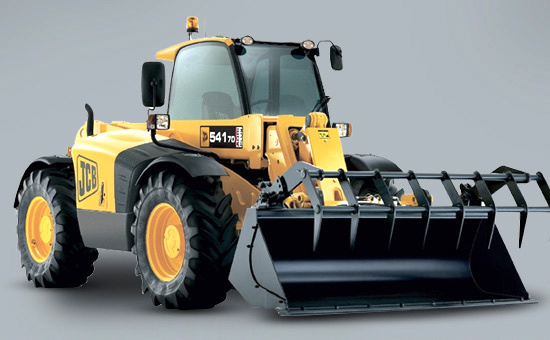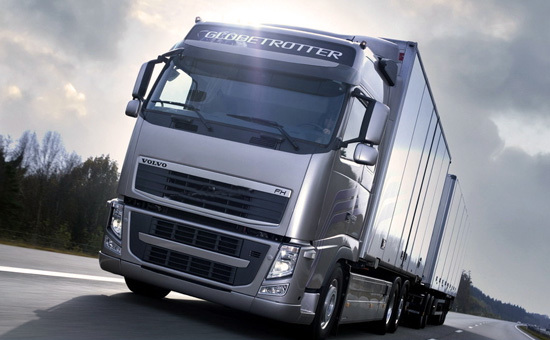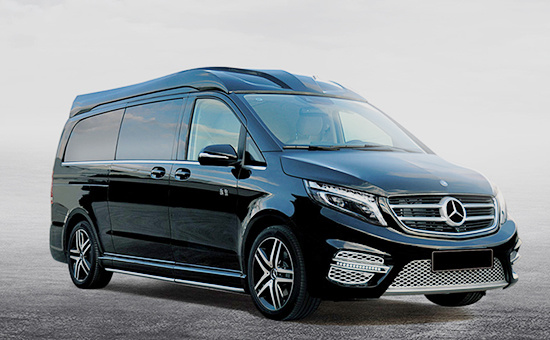
Electric turbochargers: the future that's finally here?
Release time:2024-09-18
Due to reasons such as energy saving and emission reduction, engine size and displacement are decreasing, and turbocharging technology will gradually replace the traditional naturally-aspirated linear power output engine by virtue of its advantages in various aspects. More power, more torque, lower CO2 emissions and higher fuel efficiency are the most important advantages of the supercharged air intake system, but it seems that there is little room for improvement in turbocharging technology, so the research and development of innovative supercharging technology is imperative.
An electro-mechanical supercharger is one such innovation. Don't be fooled by the name, but it has nothing to do with a traditional mechanical air compressor, which improves power output by introducing more air and fuel into the combustion chambers of an engine's cylinders. An electro-mechanical supercharger is simply a fan that pressurises available air into the engine's intake system.
Today's F1 cars and Audi R18 Le Mans race cars use a mix of turbochargers and electro-mechanical superchargers to achieve more horsepower and quicker throttle response. Electro-mechanical supercharger technology is still in the early stages of development, and even racing-specification products are not guaranteed to be of perfect quality and performance, but the future of this high-tech device for supercharged air intake systems looks bright.
In 2025, the U.S. automotive industry will enforce a fuel efficiency standard of 54.5 miles per gallon of fuel to support vehicle travel, and by then, products related to electro-mechanical superchargers will also become mature. In terms of major components, an electro-mechanical supercharger consists of a turbocharger and a DC motor; these two parts are linked by a metal rod and a low-friction centre support bearing.
Related News
Messages



